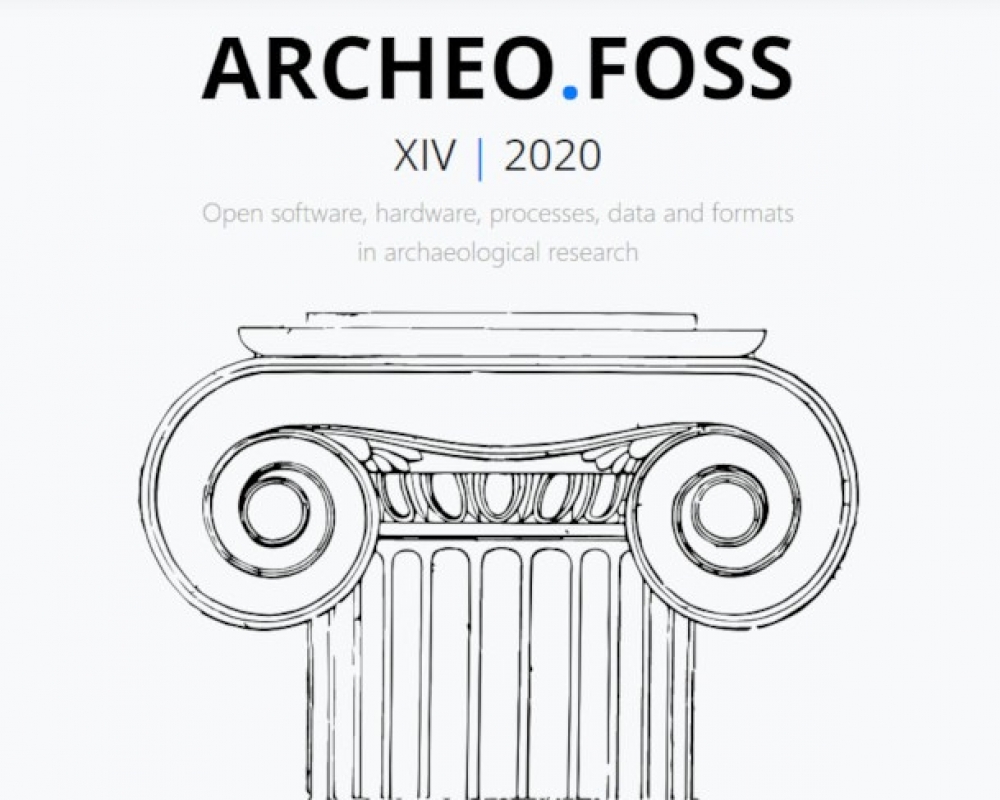In Archeofoss 2020 (abstract in https://zenodo.org/record/4002961#.YHgzlOgzaUk), Andrea D’Andrea e Francesca Forte described an analysis and comparison of different open and unopened spatial formats for archaeological research.
Geospatial data occupies an important place in the big data stream that gets collected daily. Currently there are a lot of new tools and technologies to manage visualization, analysis and the integration of big geospatial data, even allowing identification of unknown correlations and the extension of domains of knowledge: key role is played by open data.
Furthermore, researchers in archaeology have understood the potential of standard formats for the publication of territorial databases and their geospatial analysis results creating a combined network. This has resulted in the birth of multiple standards and open interchange formats, like INSPIRE.
The Open Geospatial Consortium currently has a lot of standards for the description of geographic data. To these is added the SHAPEFILE, a proprietary format has now become a standard for spatial analysis.
The purpose of this contribution is to provide an analysis of the standards used in online databases and in regional and national geo-portals, regarding archaeological information. A specific focus is on the comparisons between the most common standard formats used for the individual resources (e.g. GML), the geo-databases (e.g. Geopackage) and the 3D sphere (e.g. Citygml), identifying strengths and weaknesses.
It’s possible to review this presentation on youtube: https://www.youtube.com/watch?v=OPt3XURTP0g
Follow us on our social network!
Copia qui lo "short link" a questo articolo
www.archeomatica.it/{sh404sef_shurl}


